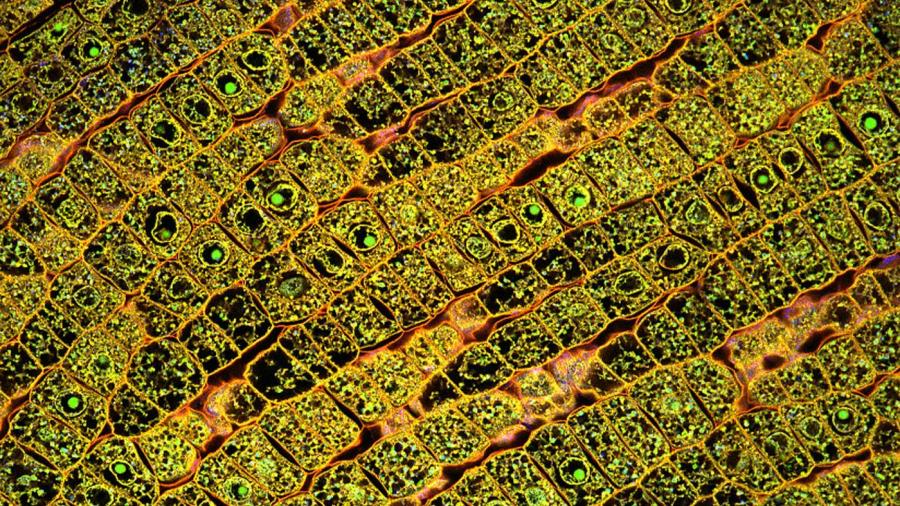What Is the Role of Companion Cells?
Follow Us:
Twitter

Companion cells provide ATP and nutrients and carry out all of the cellular functions of a sieve-tube element in plants. The cytoplasm in sieve-tube elements lack most of the structures necessary for cellular maintenance.
Companion cells, sieve-tube elements, fibers and parenchyma are all parts of the phloem, which is a vascular tissue necessary for the transport of sugars, proteins and mRNAs from source to sink in plants. The sieve-tube elements are responsible for conducting the sugars, but are not able to keep themselves alive without the help of companion cells. Companion cells are the “life support” for the sieve-tube element, which allows the phloem to function properly.





